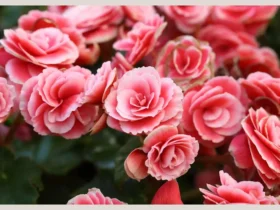Nature’s artistry is beautifully displayed in the Aquilegia flower, commonly known as columbine. With its enchanting and unique characteristics, the Aquilegia flower has captured the admiration of gardeners, artists, and nature enthusiasts alike. In this article, we delve into the captivating world of the Aquilegia flower, exploring its appearance, symbolism, cultural significance, and the wonder it brings to gardens and landscapes.
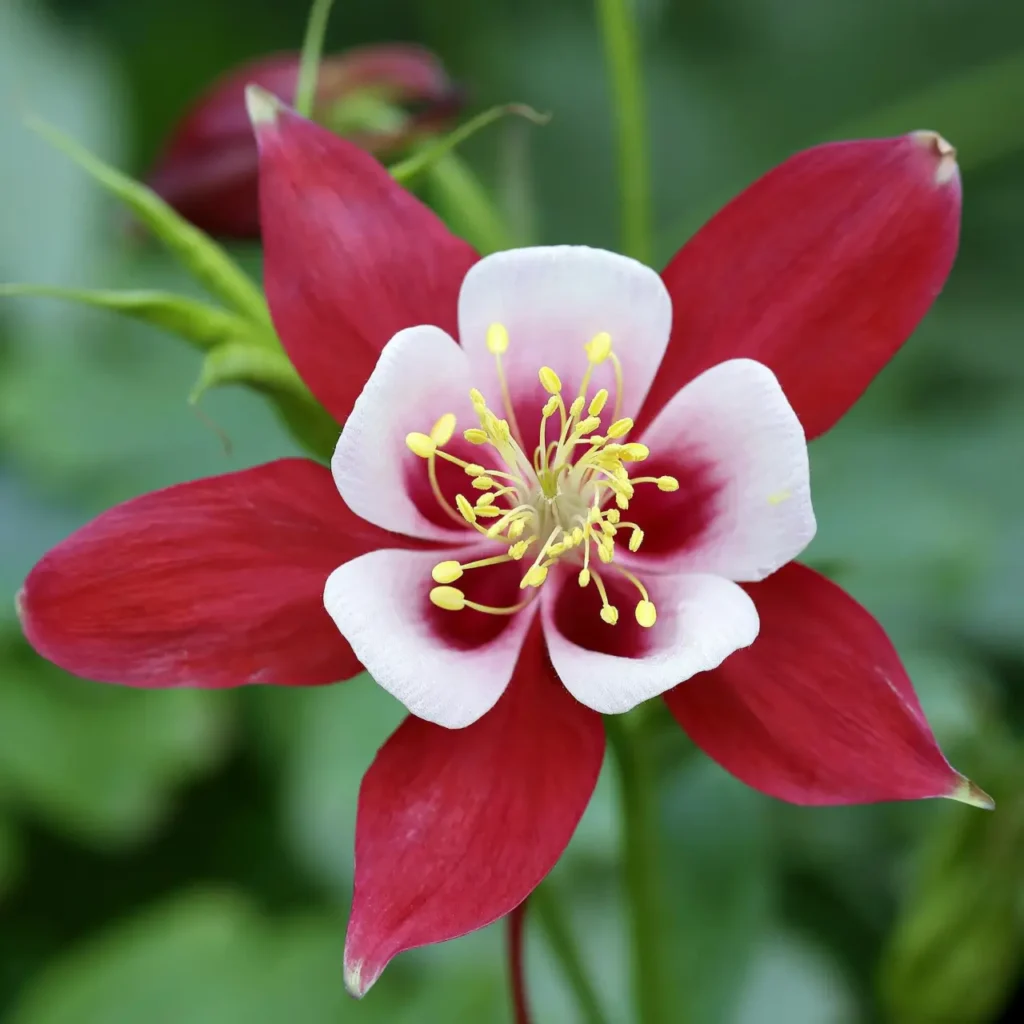
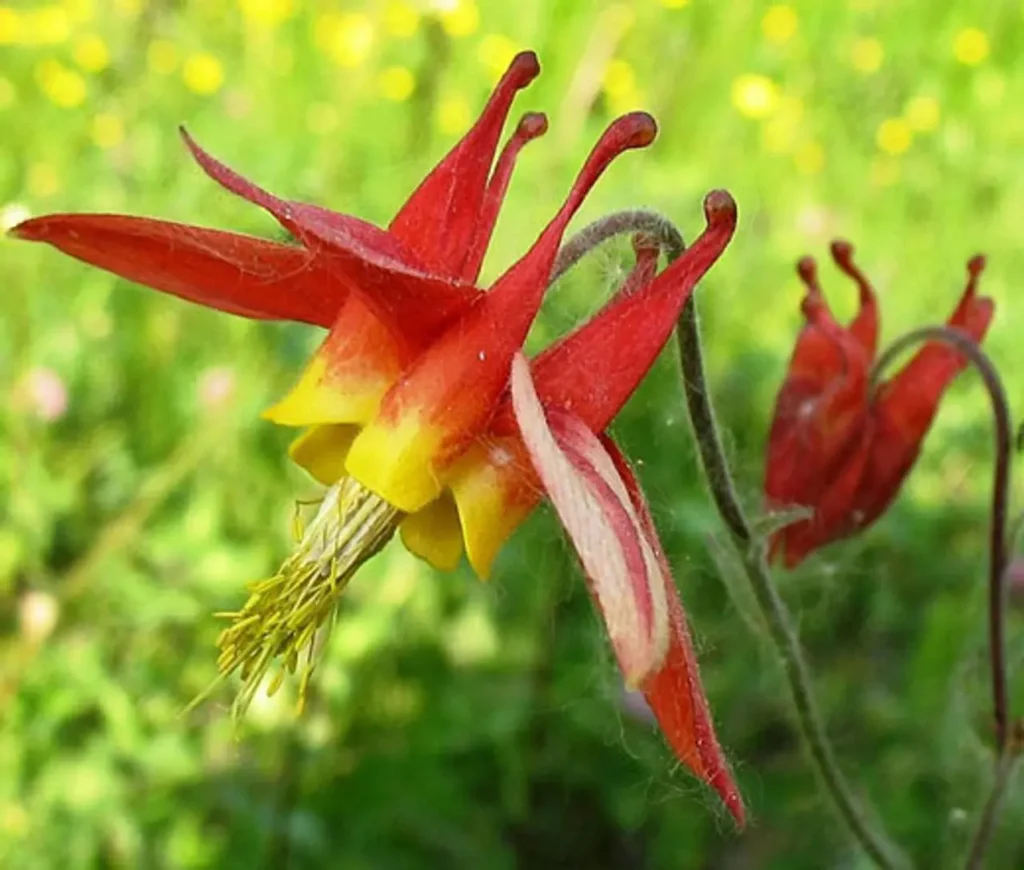
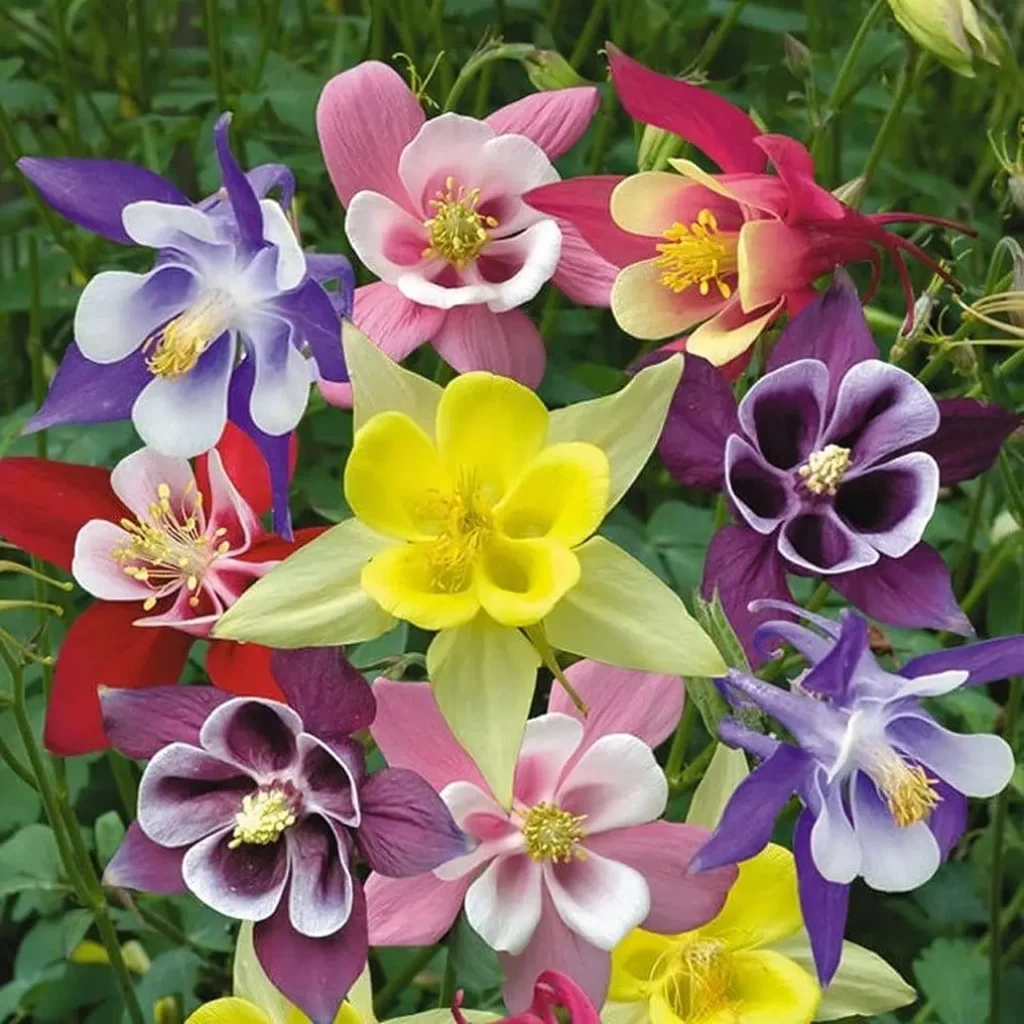


Appearance and Characteristics
The Aquilegia flower stands out in the floral realm with its distinct and intricate design. The blooms consist of five petal-like sepals, each with a long, backward-curved spur extending from its base. This distinctive feature gives the flower its common name, “columbine,” derived from the Latin word “columba,” meaning “dove,” as the spurs were thought to resemble a cluster of doves.
The inner petals of the Aquilegia flower curve gracefully inward, often contrasting in color with the outer sepals. This creates a captivating visual effect and adds to the flower’s elegant charm. The plant’s foliage varies, with some species showcasing delicate, fern-like leaves that complement the graceful blooms.
The color of the Aquilegia flowers
- Blue: Blue Aquilegia flowers can range from pale sky blue to deeper shades reminiscent of sapphire or cerulean.
- Purple: Purple Aquilegia flowers can vary from light lilac to rich royal purple.
- Pink: Pink Aquilegia flowers can range from soft pastel shades to vibrant and intense pinks.
- Red: Red Aquilegia flowers often have warm, deep hues similar to ruby or crimson.
- White: White Aquilegia flowers are pure and elegant, sometimes with a hint of creaminess.
- Yellow: Yellow Aquilegia flowers can range from pale buttery yellows to brighter, sunny shades.
- Orange: Orange Aquilegia flowers are vibrant and can range from tangerine to deep orange-red tones.
- Lavender: Lavender Aquilegia flowers have a delicate and soothing shade, often a mix of purple and light blue.
- Peach: Peach Aquilegia flowers feature soft, warm tones reminiscent of the fruit’s color.
- Cream: Cream-colored Aquilegia flowers are often a lighter variation of white, with a subtle hint of warmth.
- Green: Green Aquilegia flowers might have a base color of green, often with a mix of other colors or markings.
- Maroon: Maroon Aquilegia flowers showcase deep, rich reddish-brown tones.
- Violet: Violet Aquilegia flowers feature shades that fall between blue and purple, often with a touch of red.
Keep in mind that the exact coloration of Aquilegia flowers can vary due to factors such as species, variety, growing conditions, and hybridization. As a result, you may find a wide spectrum of shades and color combinations in these charming flowers.
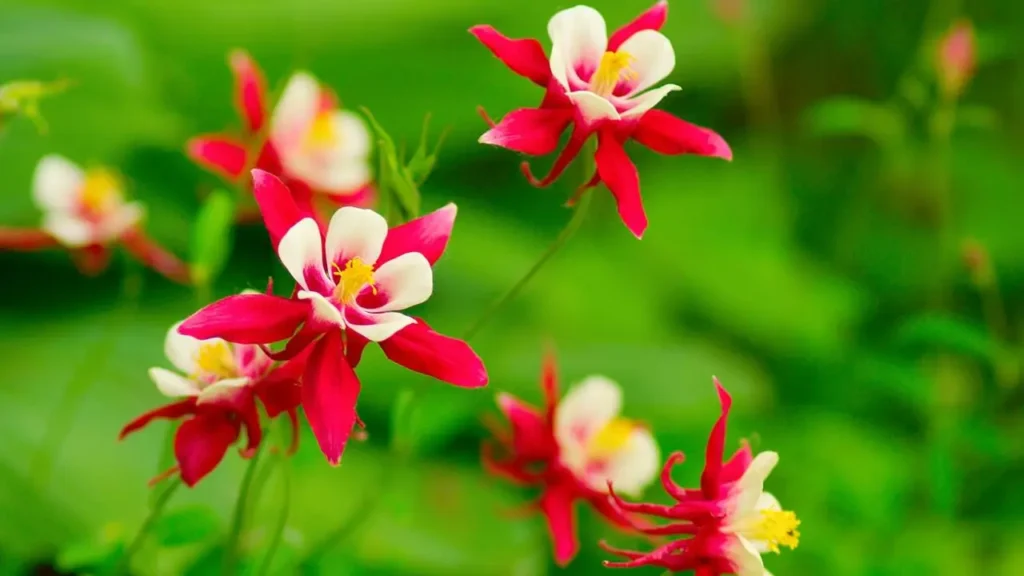
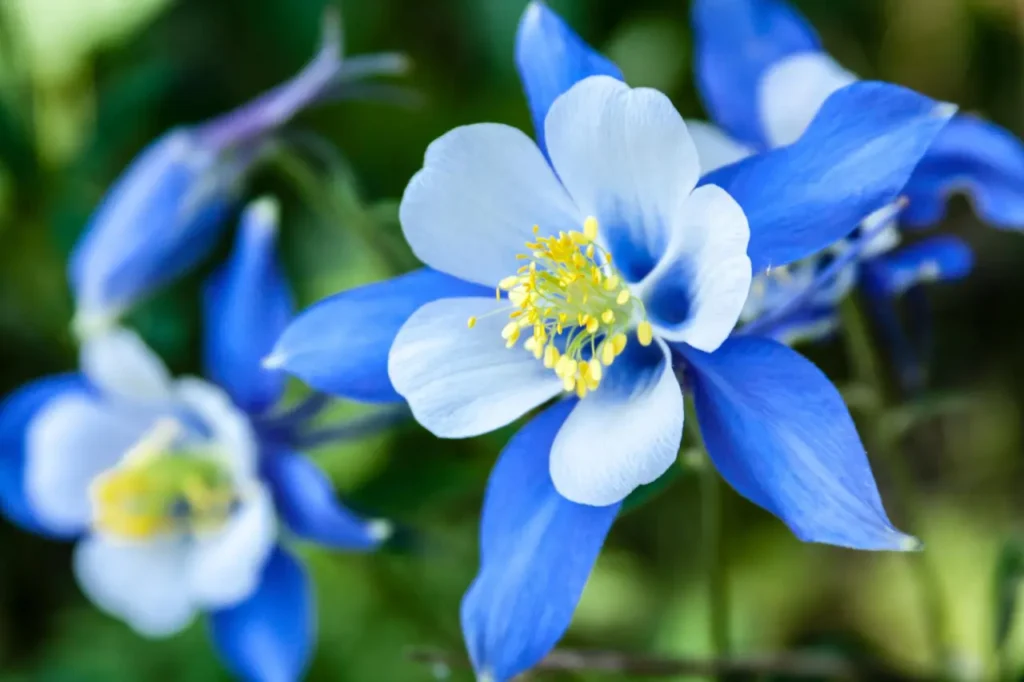

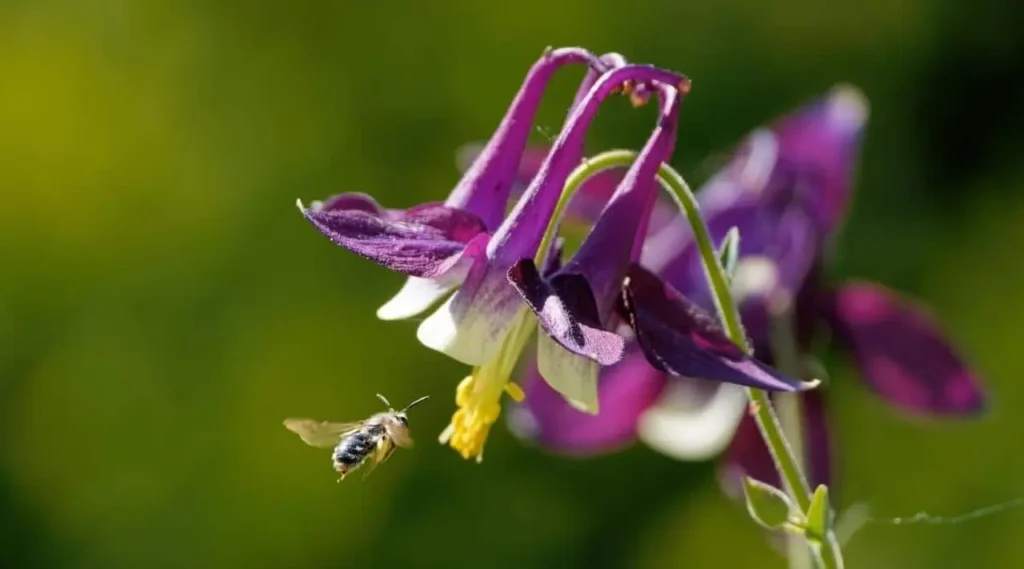
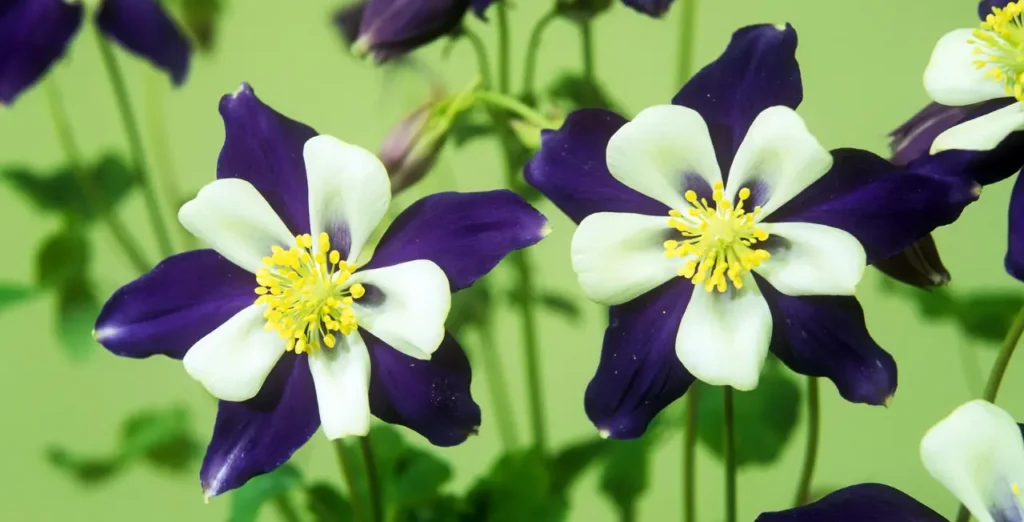
Symbolism and Folklore
Throughout history, the Aquilegia flower has been associated with various meanings and symbolism. In medieval Europe, it was considered a symbol of the Holy Spirit due to its unique shape, which was thought to resemble the shape of a dove. Additionally, the Latin name “Aquilegia” is derived from the word “aquila,” meaning “eagle,” and some believed that the spurs resembled eagle talons.
In Native American folklore, the Aquilegia flower held special significance. Some tribes used the flowers in rituals and medicines, attributing magical and healing properties to the plant. The unique shape of the flower was often seen as a representation of transformation and change.
Garden Cultivation and Varieties
Aquilegia flowers are popular choices for gardens and landscapes due to their captivating beauty and adaptability. They are available in a wide range of colors, from soft pastels to vibrant hues, making them versatile for various garden designs. Some popular varieties include the classic blue and white “Songbird” series, the deep purple “Black Barlow,” and the striking bi-colored “Origami” series.
These flowers are known to attract pollinators such as bees and butterflies, contributing to garden biodiversity. They are well-suited for mixed borders, woodland gardens, and cottage-style landscapes.
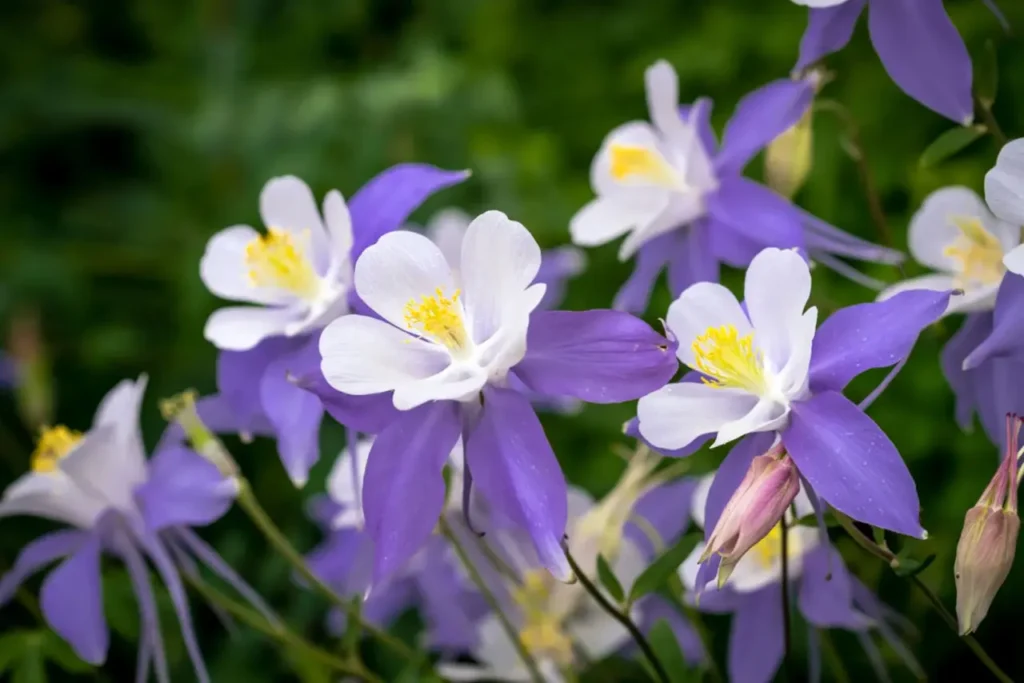
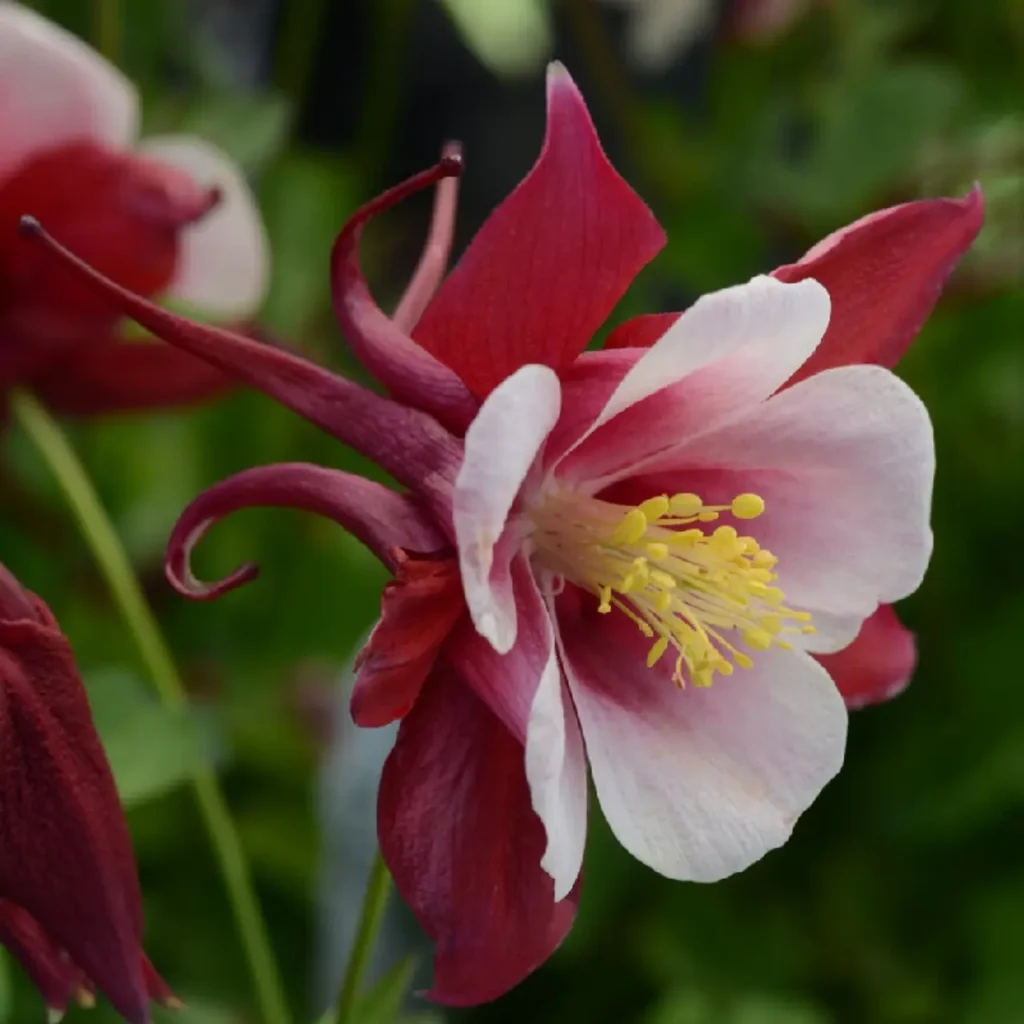
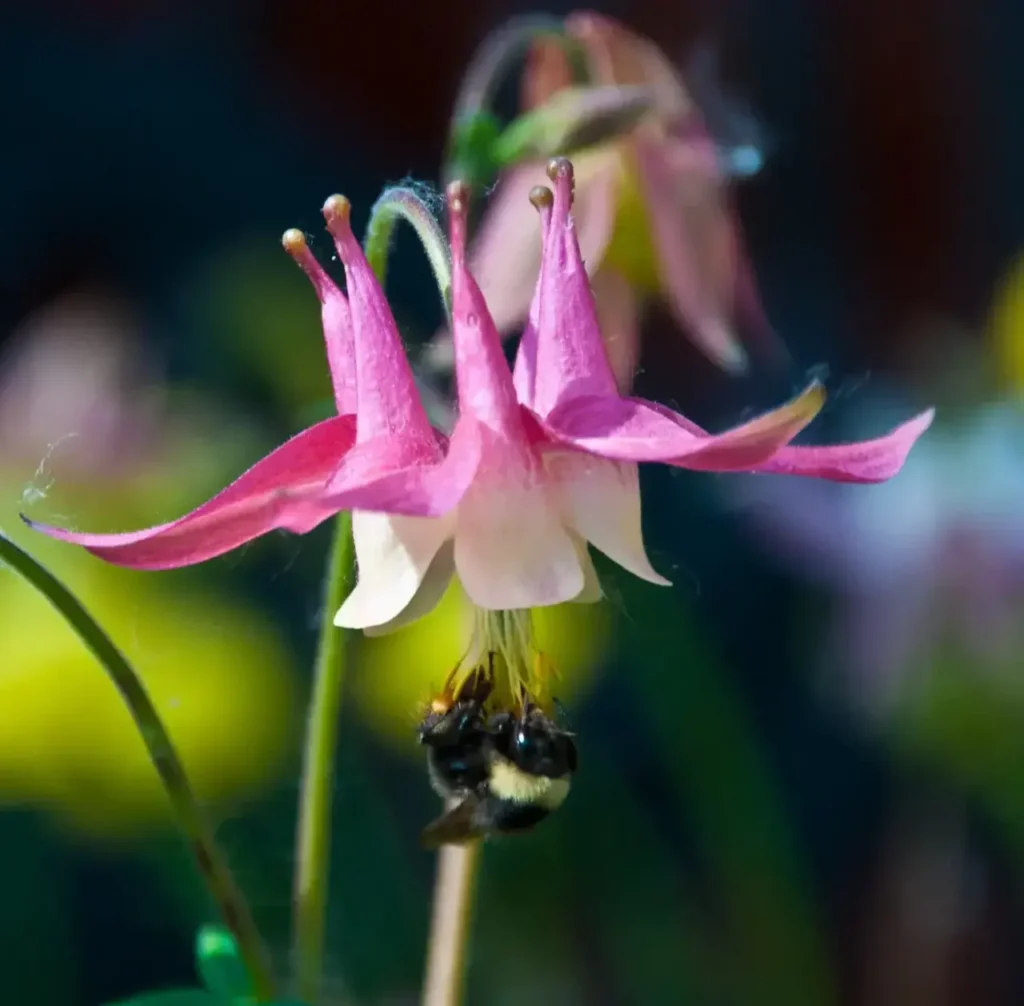
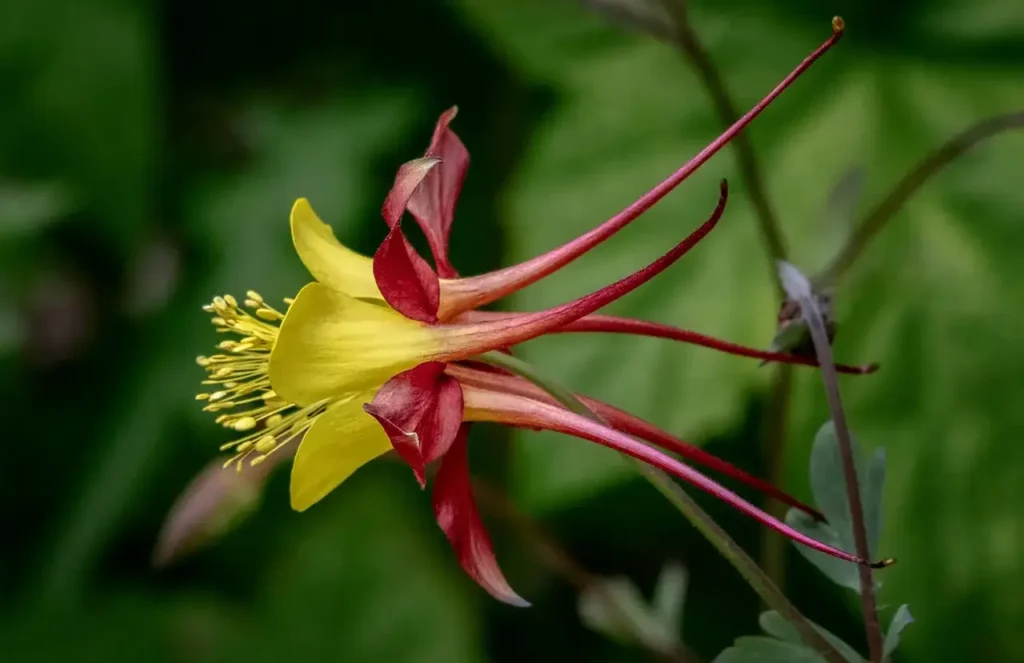
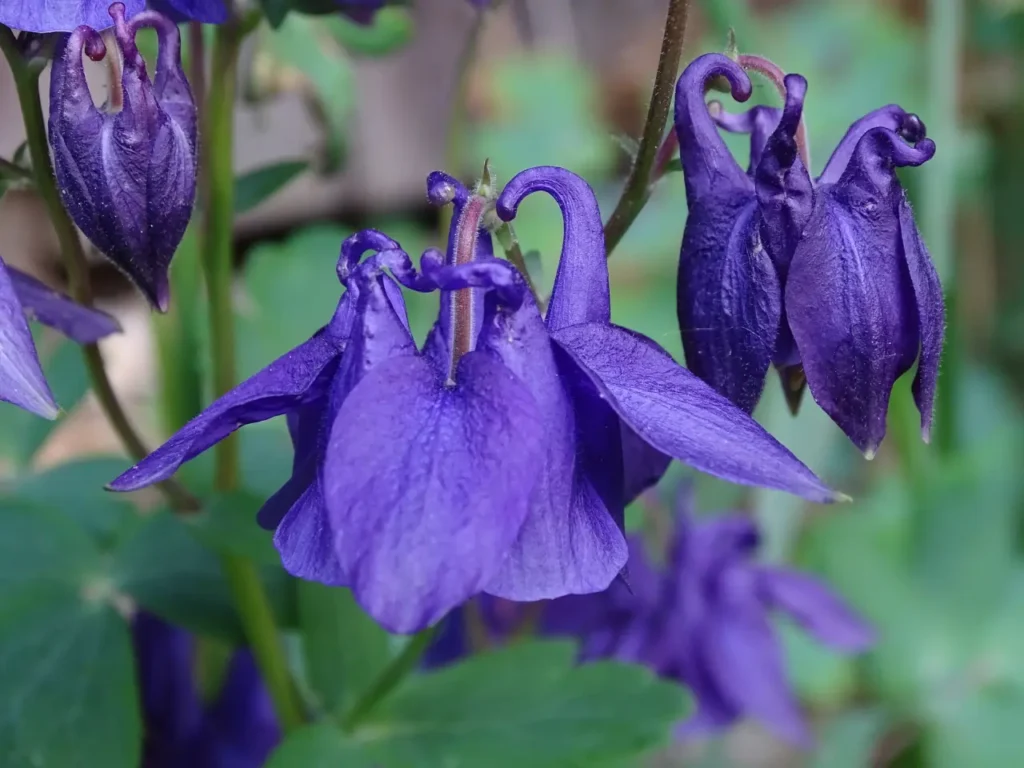
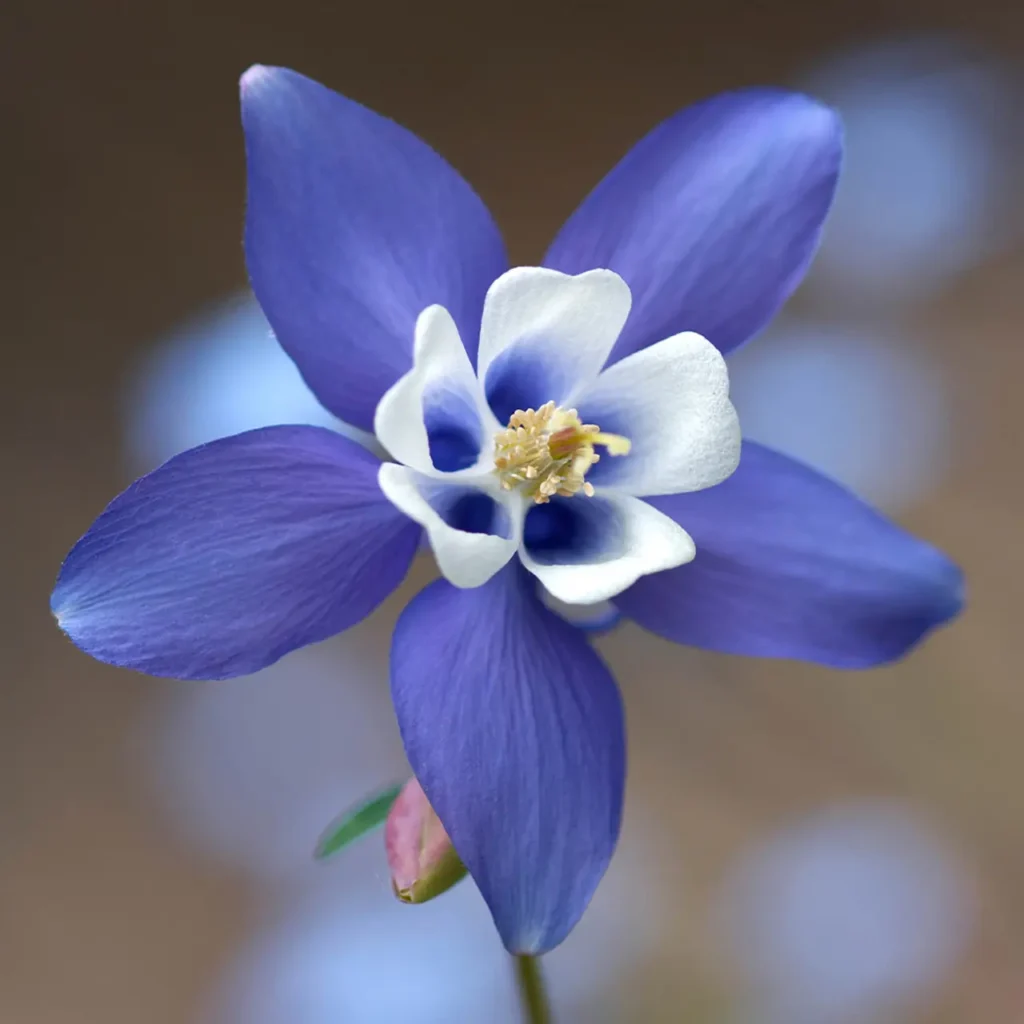
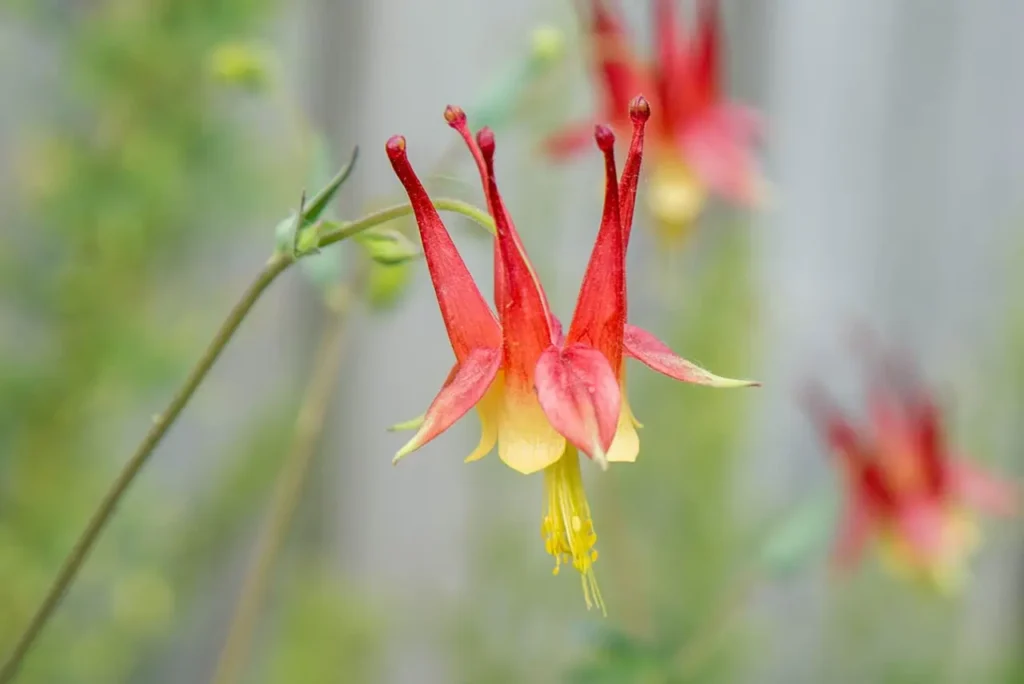
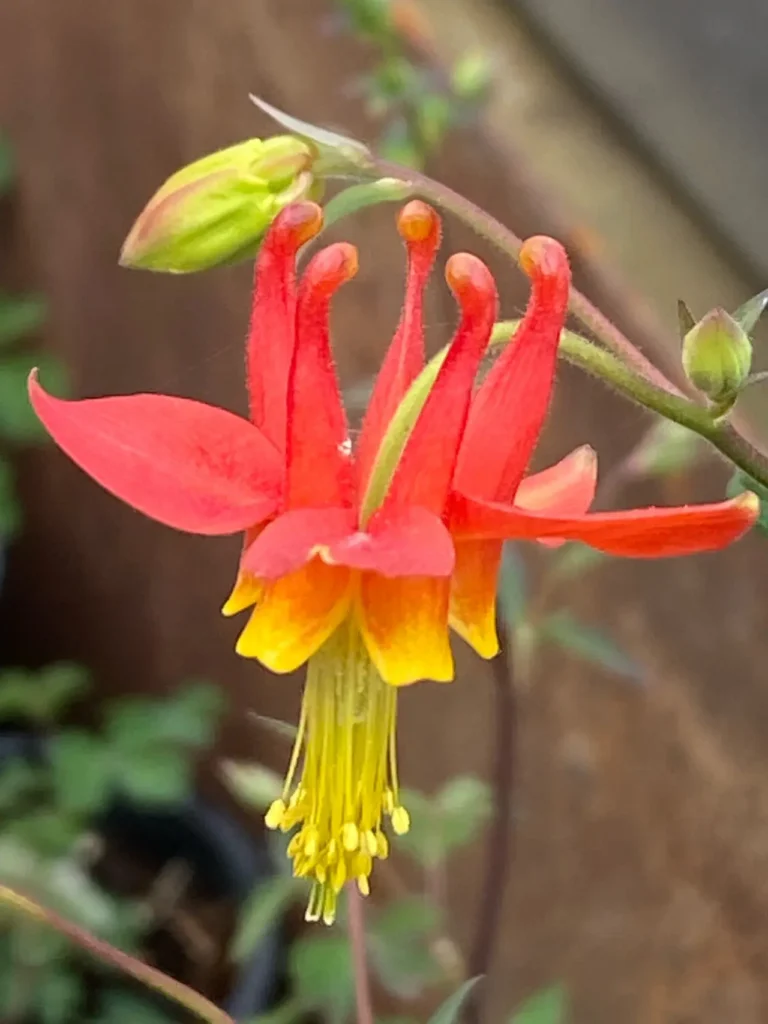
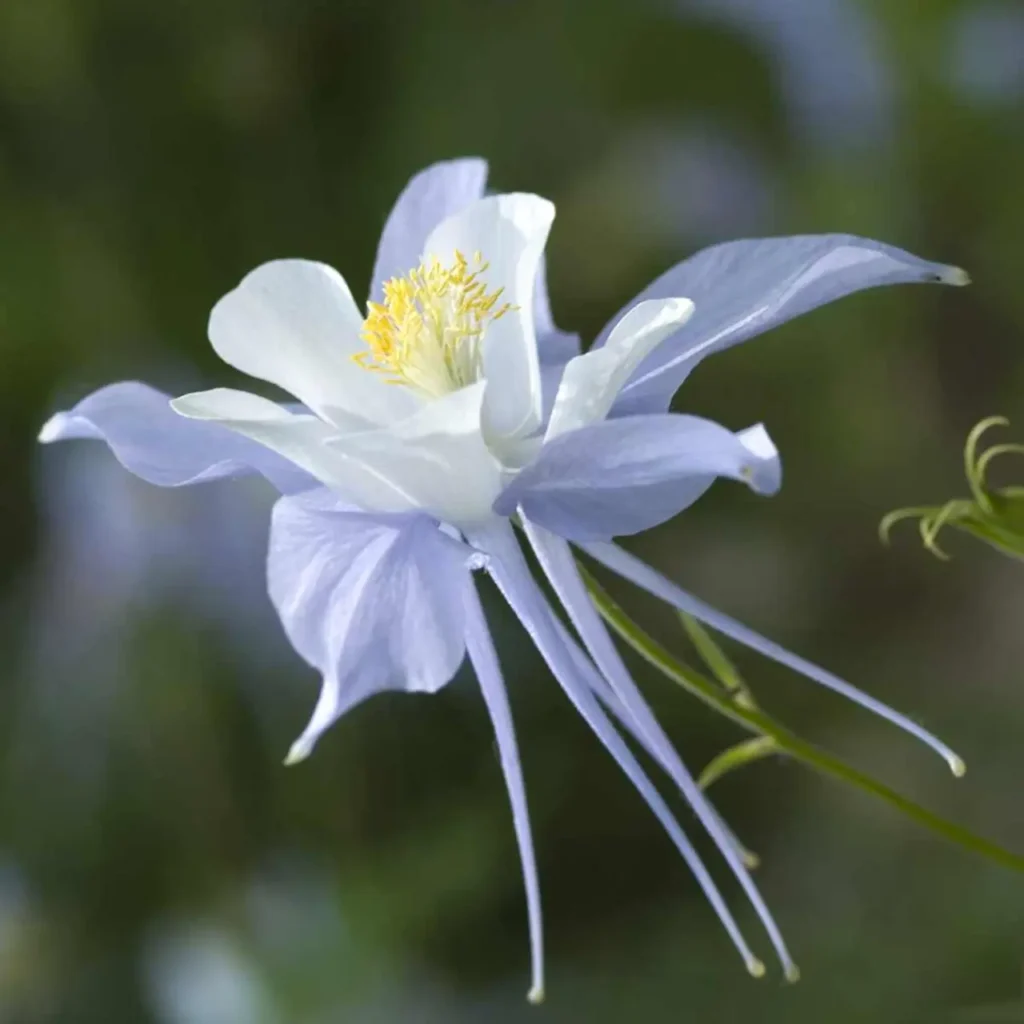
The Aquilegia flower stands as a testament to nature’s intricate artistry and the timeless allure of floral beauty. Its unique design, historical symbolism, and adaptability make it a cherished addition to gardens around the world. By cultivating and appreciating the Aquilegia flower, we embrace both its aesthetic splendor and its rich cultural connections. As these graceful blooms continue to grace our gardens, they remind us of the delicate elegance that nature unfurls in every petal and spur.
